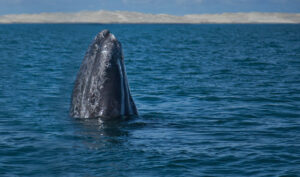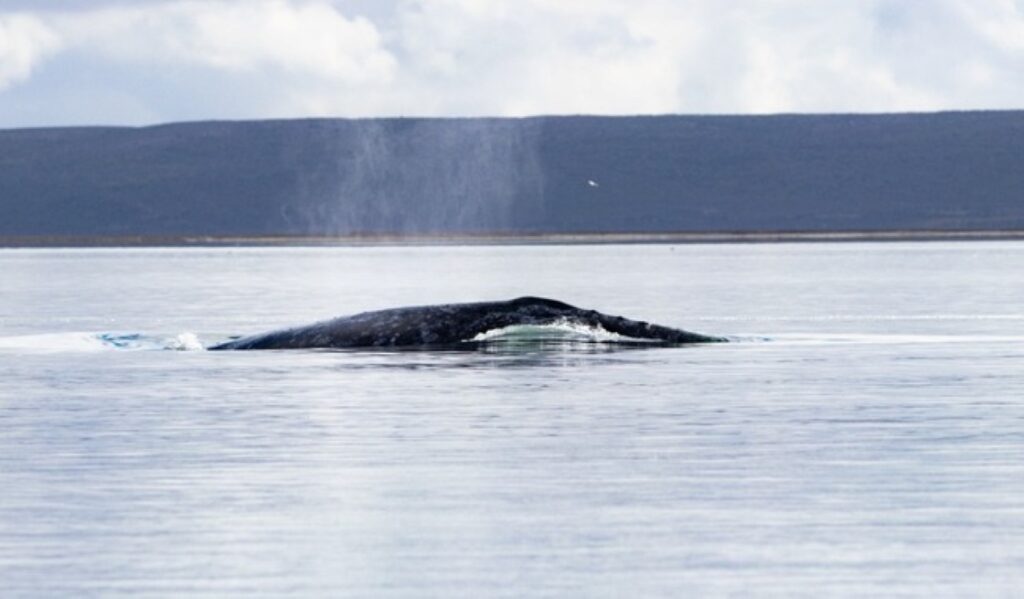The population of gray whale (Eschrichtius robustus) is in good condition, is the conclusion being reached by the Ministry of Environment and Natural Resources (Semarnat), after documenting a increase in the number of of this cetacean in the El Vizcaino Biosphere Reservein the state of Baja California Sur.
The federal agency explained that during the census, which began in December 2022 and will continue until mid-February 2023, by personnel of the National Commission of Natural Protected Areas (Conanp) 1,364 specimens have been counted.
"According to the census that Conanp personnel have been carrying out in coordination with Empresa Exportadora de Sal for more than 30 years, in Laguna Ojo de Liebre 458 whales with calves and 330 single whales were counted, for a total of 1,246 whales, while in Laguna San Ignacio 33 mothers with their calves and 52 single whales were sighted, for a total of 118," reported Semarnat.
The governing body of Mexico's environmental policy recalled that in the 2021-2022 season, in Ojo de Liebre Lagoonthe count yielded a total of 948 whales, and in San Ignacio Lagoon 178, giving a total of 1,126 specimens, i.e., in this new census, 338 more specimens were counted.
"This allows us to clearly see an increase in the number of individuals in this cycle and to know that the population is in good condition. Thanks to the surveillance and protection work carried out by Semarnat and Conanp, in coordination with institutions from the three levels of government, civil society organizations and members of the communities settled in the area, we have been able to recover the population of one of the largest species in the marine world," he said.

The gray whale is currently listed in the Norma Oficial Mexicana NOM-059-SEMARNAT-2010with the category of Special Protection (Pr).
It was in 1988 when it was decreed the El Vizcaino Biosphere ReserveThe reserve is made up of a complex of lagoons and gray whale feeding and reproduction sites. In 1993, the Ojo de Liebre and San Ignacio Lagoons were declared a protected area within the reserve. Natural World Heritage. In 2000, the Whale Refuge Zone as Ojo de Liebre Lagoon Complex Biosphere Reserve.
Within the Reserve, whale monitoring began in 1996 in Ojo de Liebre and San Ignacio lagoons. Due to 68 years of protection against commercial whaling, the gray whale population grew enough to be removed from the Endangered Species list.
2022-2023 CENSUS
Ojo de Liebre Lagoon
- 458 whales with calves
- 330 single whales
- Total: 1,246 whales
San Ignacio Lagoon
- 33 whales with calves
- 52 single whales
- Total: 118
Source: Semarnat


